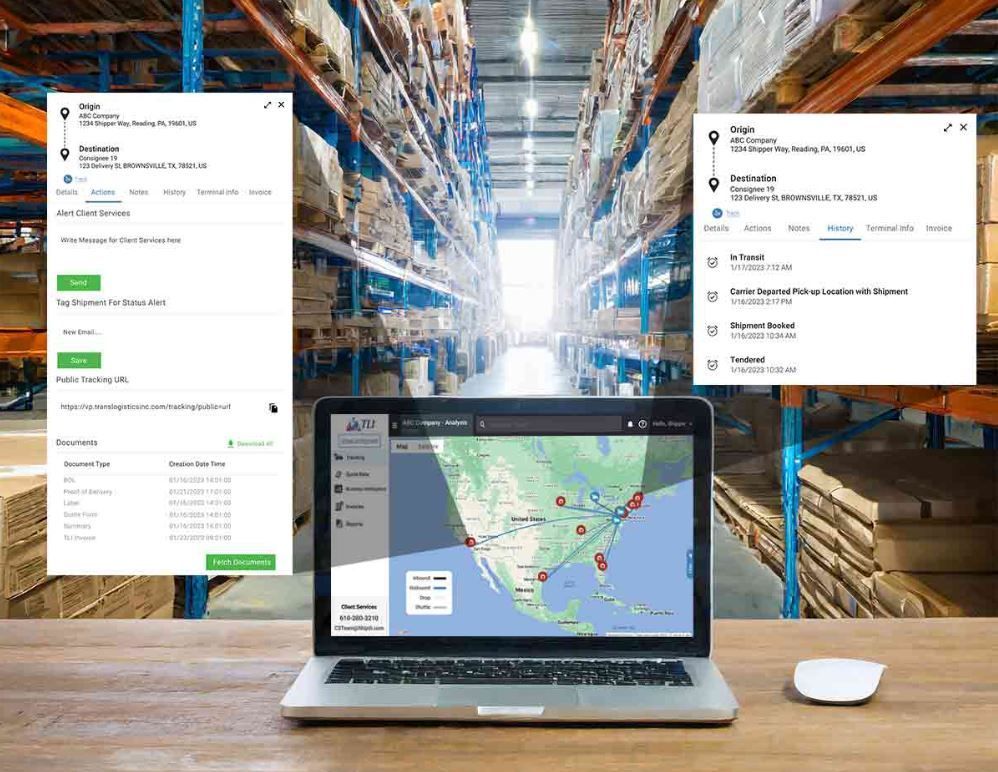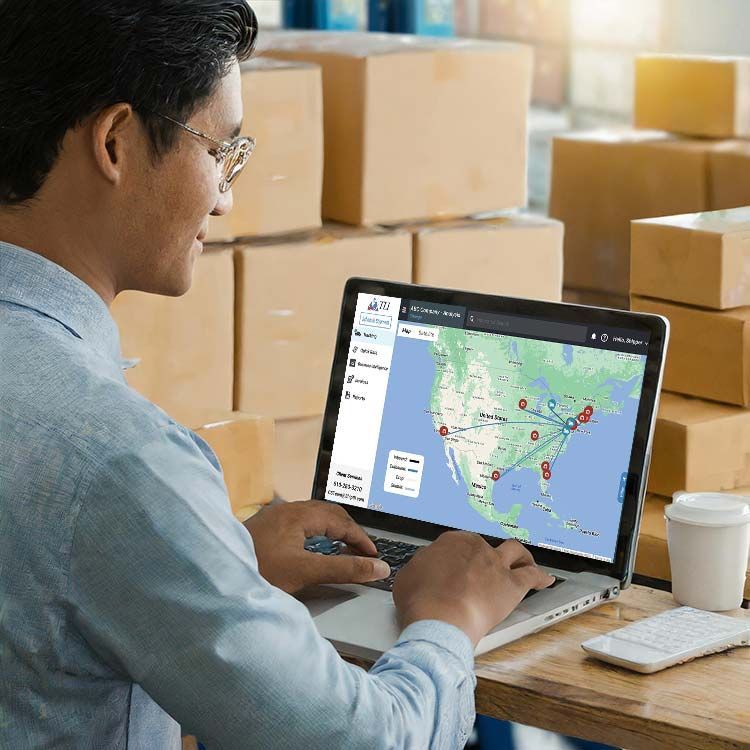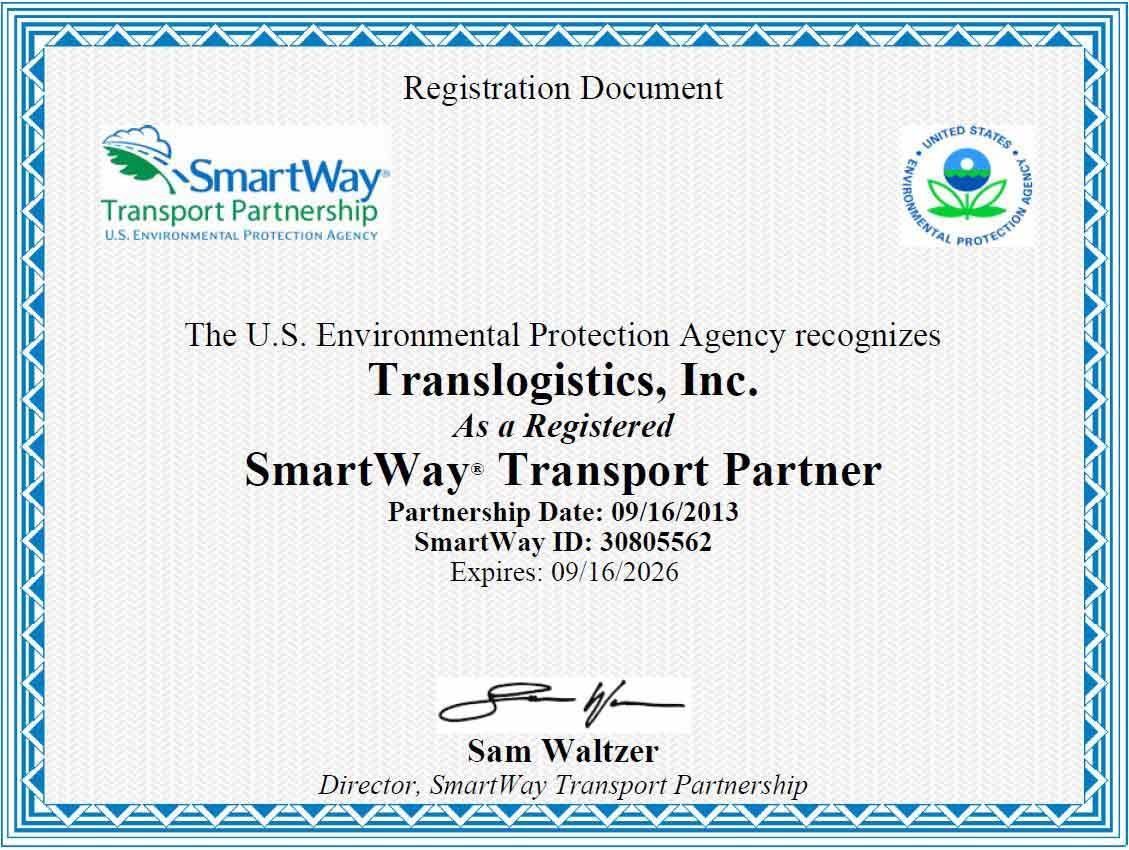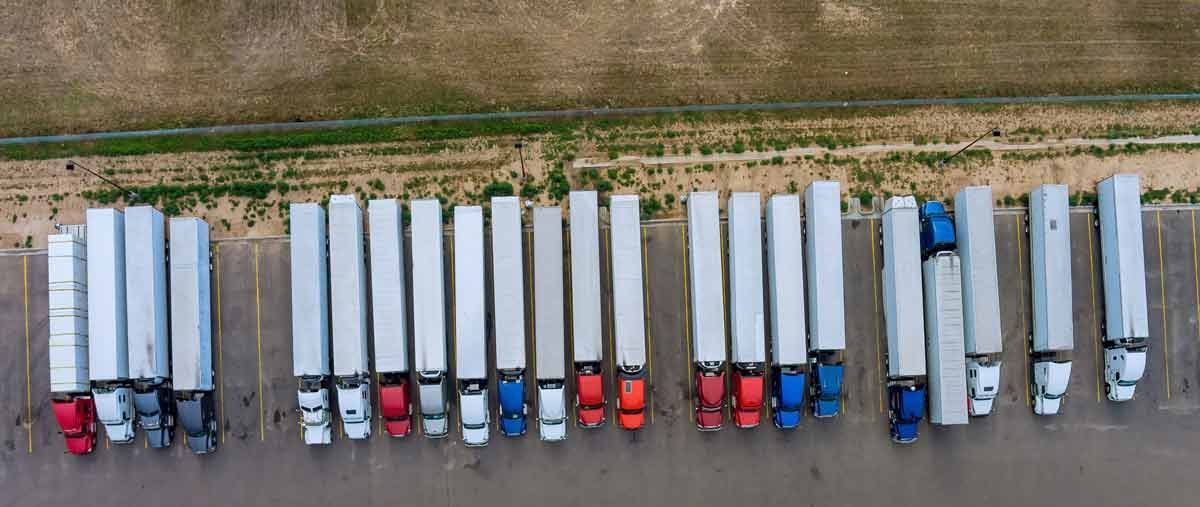How to arrange freight shipping
Freight Shipping Guide
What is freight?
Freight, alternatively known as "freight shipments," pertains to the transportation of goods or commodities in large quantities. Although interpretations may vary among different parties, freight typically denotes the conveyance of sizable amounts of products, collectively surpassing the dimensions and weights of standard parcel shipments. Occasional exceptions may arise where an individual item's weight necessitates the infrastructure utilized for transporting freight shipments, albeit these instances are infrequent. Carriers define freight differently, some advising that it involves boxes greater than 80lbs, while others advise freight comprises any shipment larger than 30 inches by 30 inches by 30 inches, weighing 150lbs or more. Because carriers define the parameters different, a general role of thumb is freight is packaged products larger than a parcel shipment.

What is freight shipping?
Freight shipping involves the movement of substantial quantities of goods domestically or internationally, utilizing air, land, or sea routes. These goods are typically loaded onto pallets or into durable, sizable containers, and transported via one or more modes of transportation.
What classifies as a freight shipment?
Any shipment surpassing dimensions of 30 inches by 30 inches by 30 inches or weighing 150 pounds or greater falls under the classification of freight. Shipments falling below these parameters are typically more economically shipped as parcels shipments.
Freight delivery shipments can be loaded onto trucks either on pallets or by floor-loading. Floor-loaded trucks necessitate manual unloading, whereas pallet-loaded inventory can be conveniently handled using a dock or forklift.
A standard truck can accommodate up to 26 pallets, with typical pallet dimensions being 48 inches wide by 40 inches long, and a maximum height typically of 96 inches. Pallets exceeding 48 inches in height are considered double-stacked.
Truck beds and containers are commonly positioned four feet above the ground, requiring warehouses to be equipped with an elevated dock for loading/unloading. In the absence of a dock, loading/unloading can be achieved using a forklift or loading equipment. Alternatively, if pickup/drop-off locations lack a dock or forklift, a truck with a lift gate service can be arranged at an additional cost.

How to ship freight
It's essential to grasp the fundamentals of freight shipping to guarantee the safe and efficient delivery of your shipments. Mastery of these freight shipping basic steps lays the foundation for determining the optimal shipping approach.
Pack your shipment
Packing your shipment is crucial, especially if it's routed in a Less Than Truckload (LTL) network where it will go terminal to terminal. In an LTL network, freight undergoes handling during transit, necessitating careful preparation. Typically, freight is placed on pallets and ideally shrink-wrapped with banding around the pallet for added security. Some may opt for additional packaging such as crates, wrap bags, cartons, drums, or boxes bound to a skid.
Labeling each pallet with the destination address is essential. With thousands of shipments moving simultaneously, proper labeling reduces the risk of loss in transit. Additionally, even if you're routing multiple pallets, it's not guaranteed that they'll all fit on the same equipment during transit. Therefore, using pallet labels on each packaged pallet is advisable.
Once packaged, you'll have the dimensions and weight necessary to determine the freight class. TLI offers a freight class calculator integrated into our Transportation Management System (TMS) for shippers to easily determine this information. This ensures accurate classification and proper handling of your shipment throughout its journey.

Look up your freight class if it will be routed as an LTL shipment
For LTL shipments, it's essential to determine your freight class before obtaining a rate quote or initiating the shipment. The freight classification, often denoted by the NMFC code, must be known for accurate pricing and shipping. However, for other freight mode types such as FTL (Full Truckload) or Partial TL (Partial Truckload), classification is not mandatory.
We offer assistance in estimating your classification code through the LTL Freight Classification Guide. Additionally, our Transportation Management System (TMS) features a built-in Freight Class lookup tool. Simply select your commodity category and input your shipment's weight and dimensions to access this functionality, ensuring accurate classification and accurate shipping freight rates.
Compare freight quotes
Input your shipment details into our Transportation Management System, which houses the LTL freight rating tool for accessing rates, transit times, and service options. Utilize our TMS system to compare freight rates among various LTL carriers efficiently. TLI is an award winning LTL freight broker, however some of our clients have incredible LTL rates on their own negotiated LTL contracts which can be loaded to the TMS as well.
Decide on the speed of your freight
Examine the transit times and conduct a thorough comparison, opting for an option provided by a reputable carrier. Alternatively, consider adding an LTL guarantee for added assurance, there are many shipping services that may be pertinent to your needs. If cost savings are a priority, choose the most economical option available. Remember, you have full control over your routing decisions!
What are the LTL accessorial options?
What are LTL Accessorials?
Accessorials are additional services or fees beyond standard
LTL transportation charges that are offered by carriers to accommodate specific requirements or requests of shippers. These services can include but are not limited to liftgate service, inside delivery, residential delivery, appointment scheduling, and expedited handling. Accessorials are designed to provide flexibility and convenience to shippers but often come with additional costs depending on the nature of the service requested and the carrier's policies.
Liftgate Example
Let's take Liftgate as an example. If either you or your recipient lacks a loading dock, a liftgate can be requested to facilitate the loading or unloading process. Failure to request a liftgate when needed may result in shipment delays and additional charges.
To request a liftgate for pickup, ensure you indicate this requirement when scheduling the pickup. If the recipient requires a liftgate, it can be added to the Bill of Lading. For TLI provided Bill of Ladings, simply check the designated box during scheduling or specify it in the Delivery Instructions box for added emphasis. For deliveries to residential addresses, in addition to selecting the liftgate, opt for residential delivery to ensure smooth handling. Keep in mind that residential delivery incurs an extra fee, categorized under the accessorial 'residential delivery'.

Create your bill of lading
In the schedule shipment module of ViewPoint TMS, shippers are in for a seamless experience. This feature not only submits the pickup request to the carrier for your freight but also generates a pallet label and creates the bill of lading automatically. With just a few steps to input your shipment details and print the necessary documents, you're all set to hand them over to the driver upon their arrival for pickup. Because our TMS system autotenders, you do not need to manually schedule your freight pickup.

Load the freight onto the truck
Now that you've generated your shipment documents and scheduled your freight pickup, an LTL driver will soon arrive to load your freight. Ensure your freight is ready for placement into their truck. If it's a dedicated load, expect a 53' van instead of a smaller LTL pup truck. Prioritize safety and security when loading the freight, then proceed to the next step in our guide on scheduling a freight shipment.

Track your freight
The next step is to track your shipment, especially if you're handling hundreds of shipments monthly. TLI offers Microsoft Power BI dashboards designed to assist you in managing shipment data and Key Performance Indicators (KPIs) effectively. With TLI's support, enterprise shippers can rely on a robust system to streamline their operations and ensure efficient performance monitoring.
How to Ship Freight
During the shipping process, various challenges and complexities arise, underscoring the value of partnering with a trusted third-party logistics (3PL) provider like TLI. TLI offers comprehensive solutions to streamline shipping operations and optimize efficiency. With freight bill audit services, we mitigate carrier billing errors, ensuring accurate invoicing. Additionally, our freight claim support provides assistance in navigating any shipment-related issues. Our tailored freight dashboards enable easy tracking of shipment activity and metrics, empowering informed decision-making. Furthermore, we simplify shipment billing processes with easy and consolidated billing, alongside invoice accrual reporting and automated GL coding for enhanced financial management. With TLI, you can also benefit from competitive pricing on freight services. Take the first step towards a successful partnership with TLI by clicking "Get Started" today.
TLI Insights
Get the latest logistics insights and tips from TLI's award-winning team. Stay ahead in transportation planning.
Questions? Email us at marketing@shiptli.com




